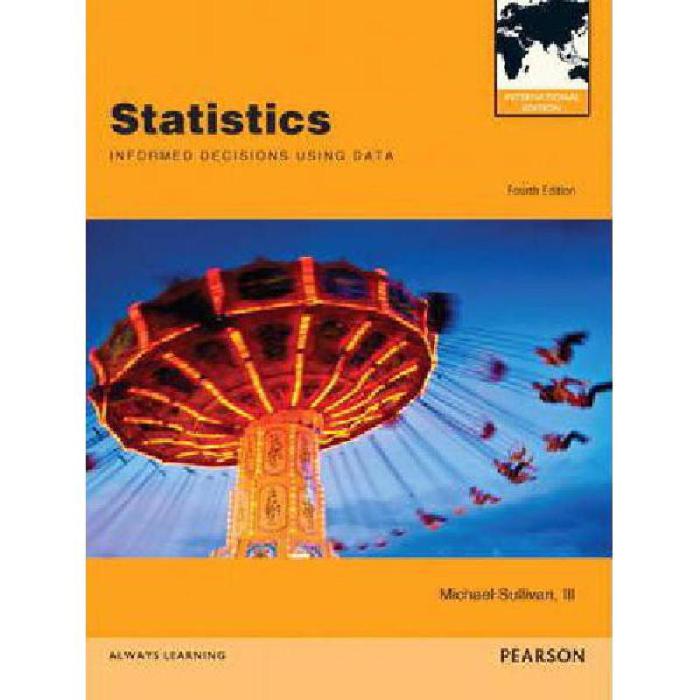Statistics informed decisions using data 5E is an essential approach for making informed decisions based on data. This comprehensive guide will provide you with the key concepts, methods, and considerations involved in this process, empowering you to leverage data effectively for better decision-making.
In today’s data-driven world, it is crucial to understand how to collect, analyze, and interpret data to make sound judgments. This guide will equip you with the necessary knowledge and skills to navigate the complexities of data analysis and utilize statistical insights to drive informed decisions.
Statistical Concepts for Informed Decisions

Statistics plays a crucial role in making informed decisions by providing a framework for understanding and interpreting data. Key statistical concepts include:
- Mean:The average value of a dataset.
- Median:The middle value of a dataset when arranged in order.
- Mode:The most frequently occurring value in a dataset.
- Standard deviation:A measure of the spread or variability of a dataset.
- Correlation:A measure of the relationship between two variables.
These concepts help decision-makers understand the distribution of data, identify patterns, and draw meaningful conclusions.
Data visualization is essential for comprehending statistical information. Tools like charts, graphs, and infographics make it easier to identify trends, outliers, and relationships within data.
Data Collection and Analysis
Data collection methods include:
- Surveys:Gathering information from a sample of individuals through questionnaires.
- Experiments:Manipulating variables to observe their effects.
- Observational studies:Observing and recording data without manipulating variables.
Sampling is crucial for ensuring representative data. Principles include:
- Random sampling:Selecting individuals from a population with equal probability.
- Stratified sampling:Dividing a population into subgroups and selecting individuals from each subgroup.
Data cleaning and preparation involve removing errors, inconsistencies, and missing values to ensure data quality.
Statistical Models and Inference

Statistical models are mathematical representations of data that help make inferences and predictions.
Types of statistical models include:
- Regression models:Predict the relationship between a dependent variable and one or more independent variables.
- ANOVA models:Compare the means of two or more groups.
- Time series models:Analyze data collected over time.
These models allow decision-makers to estimate parameters, test hypotheses, and make predictions based on data.
Communicating Statistical Findings: Statistics Informed Decisions Using Data 5e
Effective communication of statistical findings is crucial for decision-making.
Methods for presenting statistical information include:
- Tables:Organize data into rows and columns.
- Graphs:Visualize data using charts, histograms, and scatterplots.
- Infographics:Combine text, graphics, and data to convey information in a visually appealing way.
Tips for communicating statistical findings effectively:
- Use clear and concise language.
- Provide context and background information.
- Avoid technical jargon and explain statistical concepts in a non-technical manner.
- Consider the audience’s knowledge level and tailor the communication accordingly.
Ethical Considerations in Data Analysis
Data collection, analysis, and interpretation should adhere to ethical guidelines.
Ethical considerations include:
- Data privacy:Protecting the confidentiality of personal information.
- Data security:Preventing unauthorized access to data.
- Informed consent:Obtaining consent from individuals before collecting their data.
- Avoiding bias:Ensuring that data analysis is objective and free from personal biases.
Responsible use of data is essential for ethical decision-making.
Query Resolution
What are the key statistical concepts used in decision-making?
Mean, median, mode, standard deviation, and correlation are fundamental statistical concepts used to describe and analyze data.
How can data visualization enhance statistical understanding?
Data visualization techniques, such as graphs and charts, help visualize statistical information, making it easier to identify patterns, trends, and relationships.
What is the importance of data cleaning and preparation?
Data cleaning and preparation ensure data quality by removing errors, inconsistencies, and outliers, leading to more accurate and reliable statistical analysis.
How are statistical models used to make predictions and draw conclusions?
Statistical models allow us to make predictions and draw inferences about data by identifying relationships between variables and estimating unknown parameters.
What are the ethical considerations in data analysis?
Data analysis involves ethical considerations related to data privacy, confidentiality, and responsible use of data to avoid bias and ensure fairness.